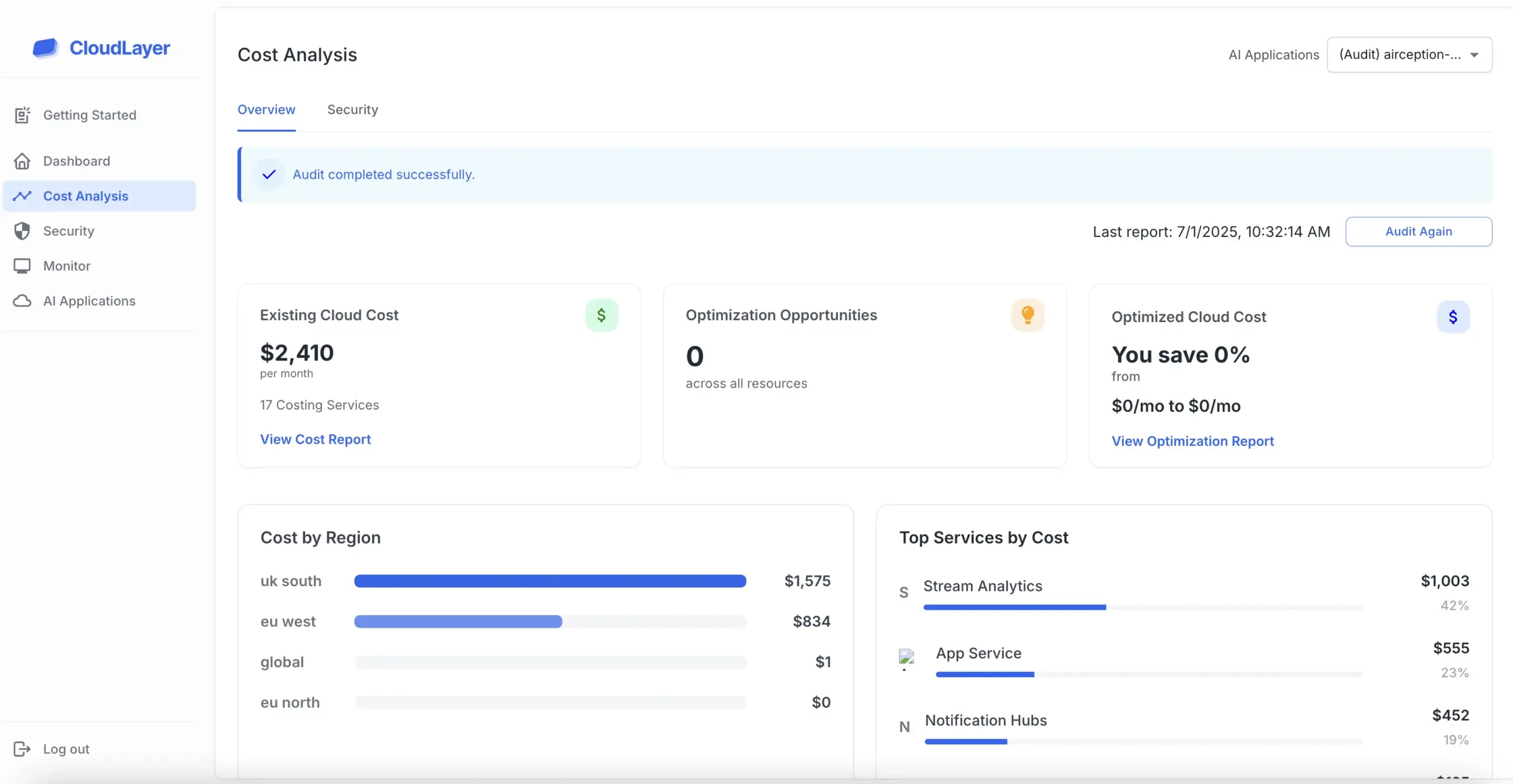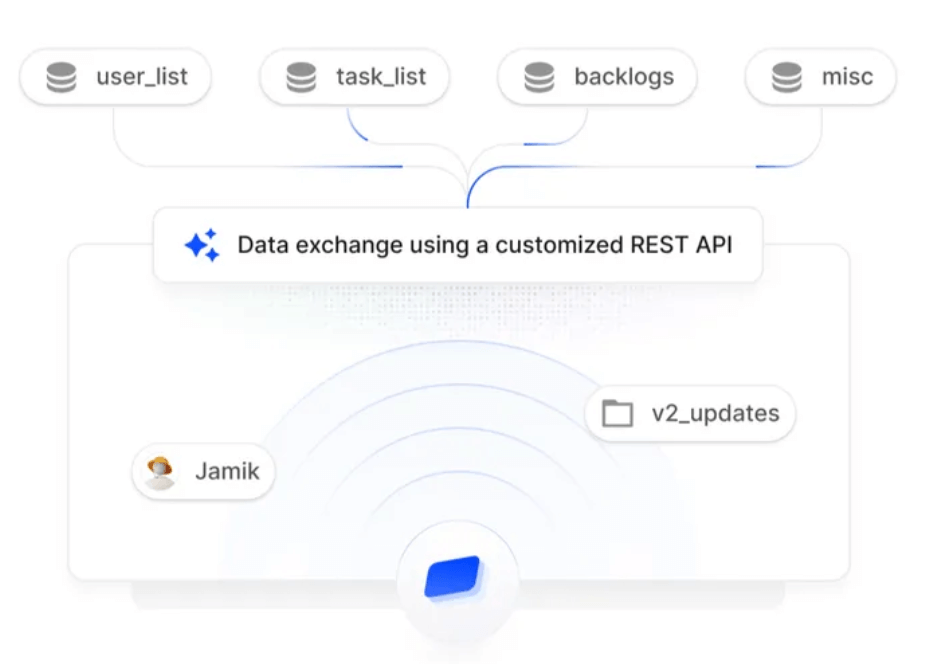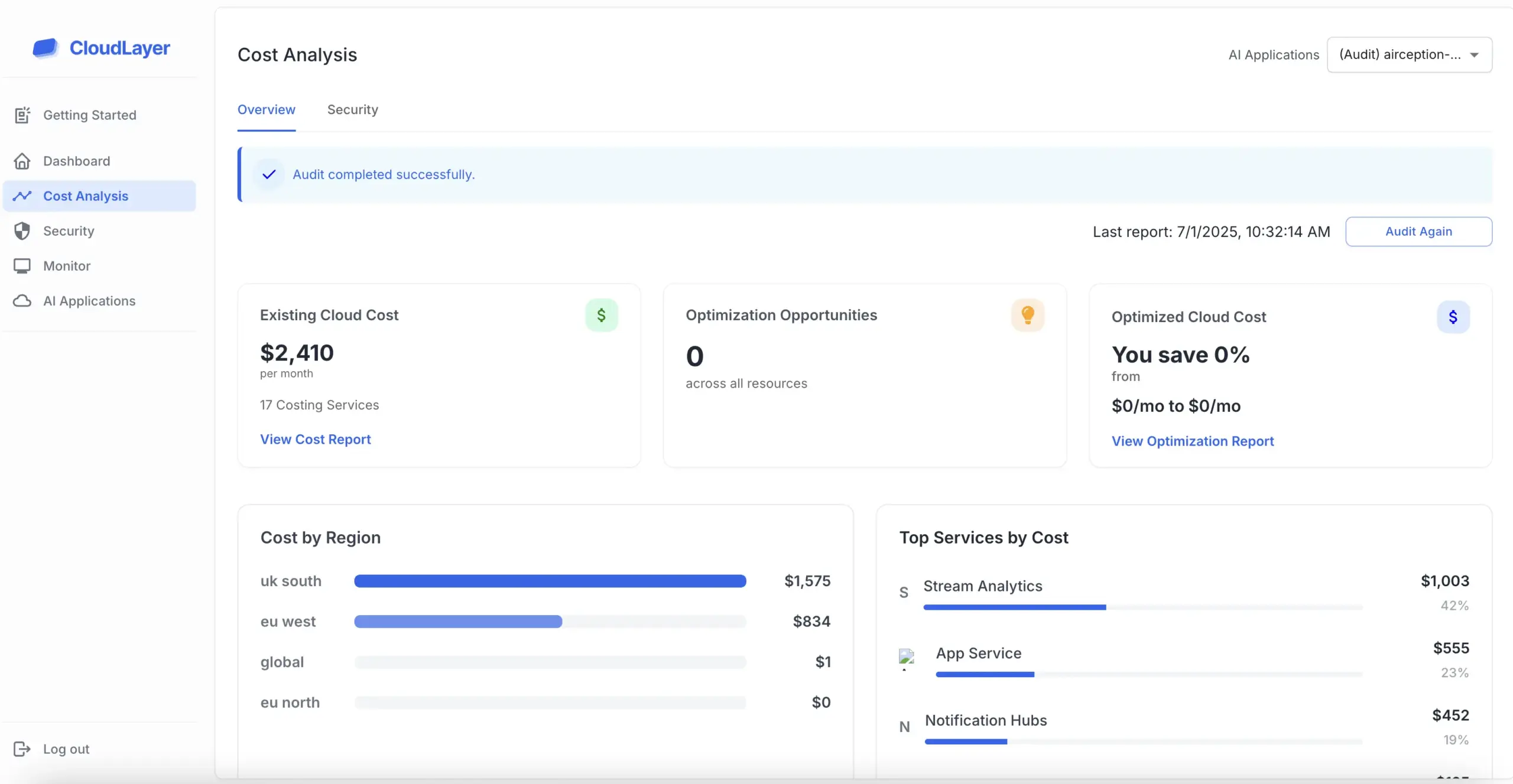

AWS, launched in 2006, is the pioneer of cloud services, providing a vast array of tools and resources for developers and enterprises. Azure, on the other hand, debuted in 2010 and quickly grew to become a formidable competitor, integrating seamlessly with existing Microsoft products.

When comparing AWS vs Azure in terms of pricing, both platforms offer pay-as-you-go models, but their pricing structures can be complex. AWS generally provides a wider range of pricing options, while Azure’s pricing can be simpler for users familiar with Microsoft environments.

AWS boasts an extensive portfolio of services, including computing power, storage options, and machine learning tools. Azure, however, excels in hybrid cloud solutions and offers strong support for Windows-based applications, making it a popular choice for enterprises.

Performance is a critical factor when choosing between AWS and Azure. AWS has a global network of data centers, ensuring low latency and high availability, while Azure’s strong integration with on-premises infrastructure can enhance reliability for businesses already invested in Microsoft technologies.

